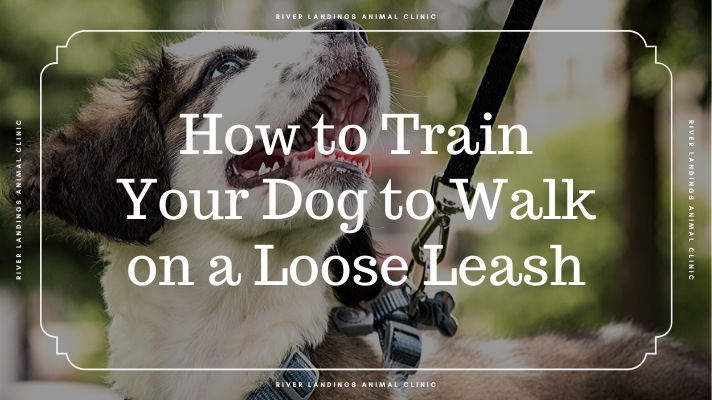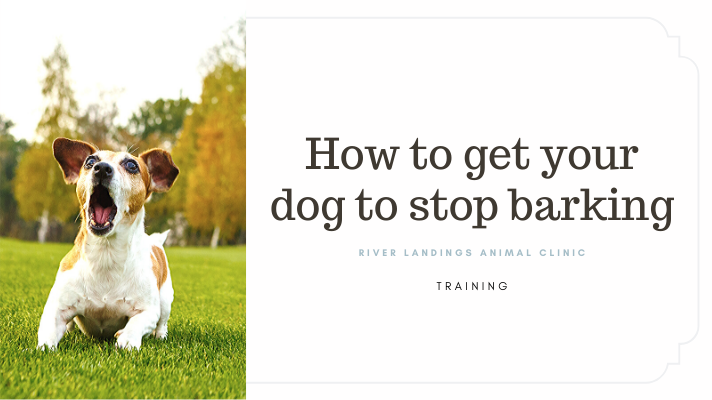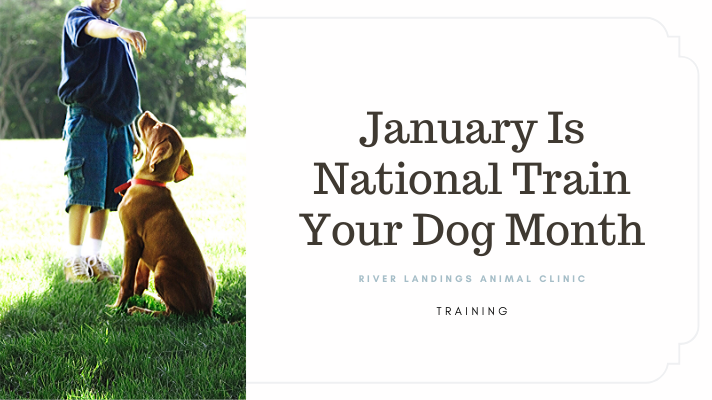You’ve just adopted a new puppy or an older dog, and want to learn how to leash train them—one of the first, and most important dog training basics to cover.
What you will need:
A collar or harness: buckle collar, Martingale, head halter (like the Gentle Leader or Halti), or front-clip harness (Easy-Walk or Freedom No-pull)
A leash: 4-foot or 6-foot length (not a retractable leash)
Treats
To start training:
Fill your pocket or treat pouch with treats.
Decide what side you’d like the dog to walk on, and hold a few treats on that side of your body. For example, if you’d like your dog to walk on the left side, hold treats in your left hand.
Hold your leash in the hand opposite the dog. For example, if your dog is on your left, hold the end of the leash in your right hand. Let the rest of it hang loosely in a “J”.
Take a step, then stop. It’s okay if the dog doesn’t stay in “heel” position. Feed the dog some treats from your hand, in line with the seam of your pants. This will help you position the dog.
Repeat. Take step, stop, feed a treat at your side, along the seam of your pants.
When the dog is looking eagerly up at you for more treats, take two steps instead of one before stopping and feeding the dog.
If the dog pulls ahead, stop walking immediately. Call your dog back to you, or use the treats in your hand to lure the dog back to your side, but don't treat them yet: take two to three steps forward before feeding. This is to prevent teaching a sequence like: “I pull ahead, I come back, I eat.” We want them to learn that walking alongside you on a loose leash makes treats happen, not pulling.
Gradually take more steps between each treat. You can talk to your dog to help keep their attention on you.
When the dog walks well on a loose leash, give this kind of walk a name. It could be “heel,” “with me,” “let’s walk,” or another word/phrase of your choice.
Release your dog (“all done,” “okay,” “that’ll do,” etc.) when they no longer need to walk in “heel” position.
To teach an “off-duty” walk:
This will be used in relaxed moments when the dog doesn’t need to be in “heel” position. The only rule will be, “You can’t pull forward.”
Pick a word to signal this new kind of walk. You might use, “free time,” or “hike,” or “at ease,” or another word of your choice, as long as it is different from your formal walk cue.
Decide how much leash to give your dog. If you walk your dog on a 6-foot leash, you might simply hold the loop end and let the rest hang loose. If you hold some of the leash in your hand, plan on doing so throughout the walk, rather than releasing and gathering it several times. This is to teach the dog how much leash will be available to them.
Give your dog the cue (“free time”) and start walking. They can sniff, change sides, look around, lie down occasionally; anything but pulling.
If your dog pulls forward, stop moving and call them back toward you before starting again.
If your dog fixates on a person, dog or another animal, call your dog’s name and if possible, move in the opposite direction. Getting closer to the distraction will be harder, and will most likely set your dog up to pull.
If you’d like your dog to walk in “heel” position (due to an approaching walker, bike, etc.), bring them back to your side and cue them (“heel”).
Hear From Us Again
Don't forget to subscribe to our email newsletter for more recipes, articles, and clinic updates delivered to your inbox by filling out our form! Or, you can keep up to date by liking and following our Facebook page (here).
Related: We have more information under our dog health tag.





